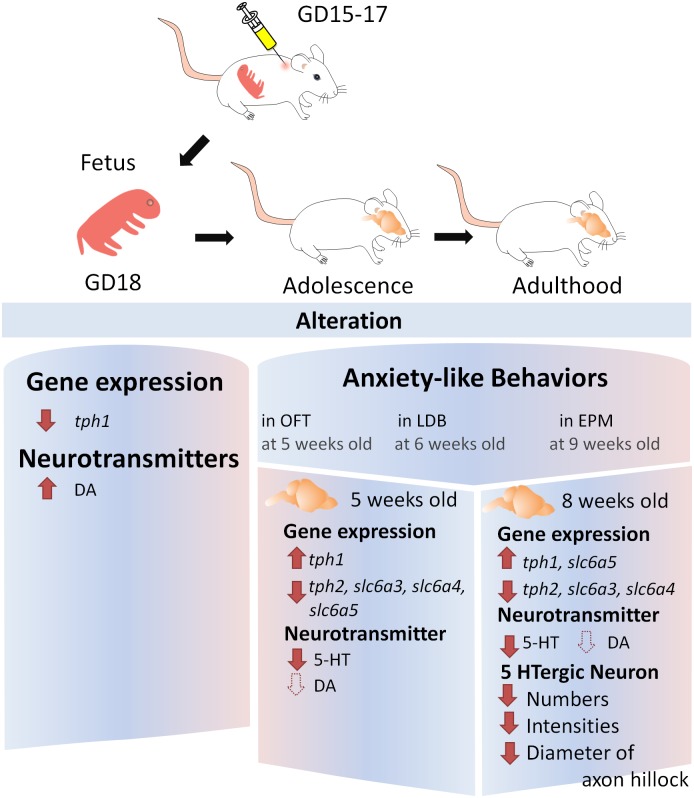Fig 11. Summary of the effect of maternal immune activation on serotonin and dopamine.
Pregnant mice were subcutaneously injected with lipopolysaccharide (LPS) at GD15 (25 μg/Kg), GD16 (25 μg/Kg) and GD17 (50 μg/Kg). Compared to the PBS-treated controls, the mRNA level of the tph1 gene (an isoform of serotonin synthesizing enzyme expressed on pineal gland) was down-regulated and the DA levels were elevated in the LPS-induced female fetal brains at GD18. In the female offspring, anxiety-like behaviors were observed in the OFT at 5 weeks old, in the LDB test at 6 weeks old, and in the EPM at 9 weeks old. At 5 weeks old, the mRNA level of the tph1 gene was up-regulated, whereas that of the tph2 gene (another serotonin synthesizing enzyme isoform mainly expressed in the raphe nuclei of the midbrain), slc6a3 (a DA transporter), slc6a4 (a 5-HT transporter) and slc6a5 (a glycine transporter) as well as the 5-HT levels were down-regulated in the cerebrum of the female offspring. At 8 weeks old, the tph1 and slc6a5 genes were up-regulated, and the tph2, slc6a3 and slc6a5 genes were down-regulated in the brains of the female offspring. The cerebral 5-HT levels were significantly decreased at 5 and 8 weeks old (solid arrow), whereas the DA levels exhibited a trend towards a decrease (dotted arrow). Moreover, the total number and distribution of tph2-expressing 5-HTergic neurons, and the diameter of the 5-HTergic axon hillocks were decreased at the age of 8 weeks. We concluded that maternal immune activation induced by exposure to a low dose of LPS decreased cerebral 5-HT in parallel with the down-regulation of 5-HT-related genes (tph2 and slc6a4), resulting in anxiety-like behavior in the female offspring.

